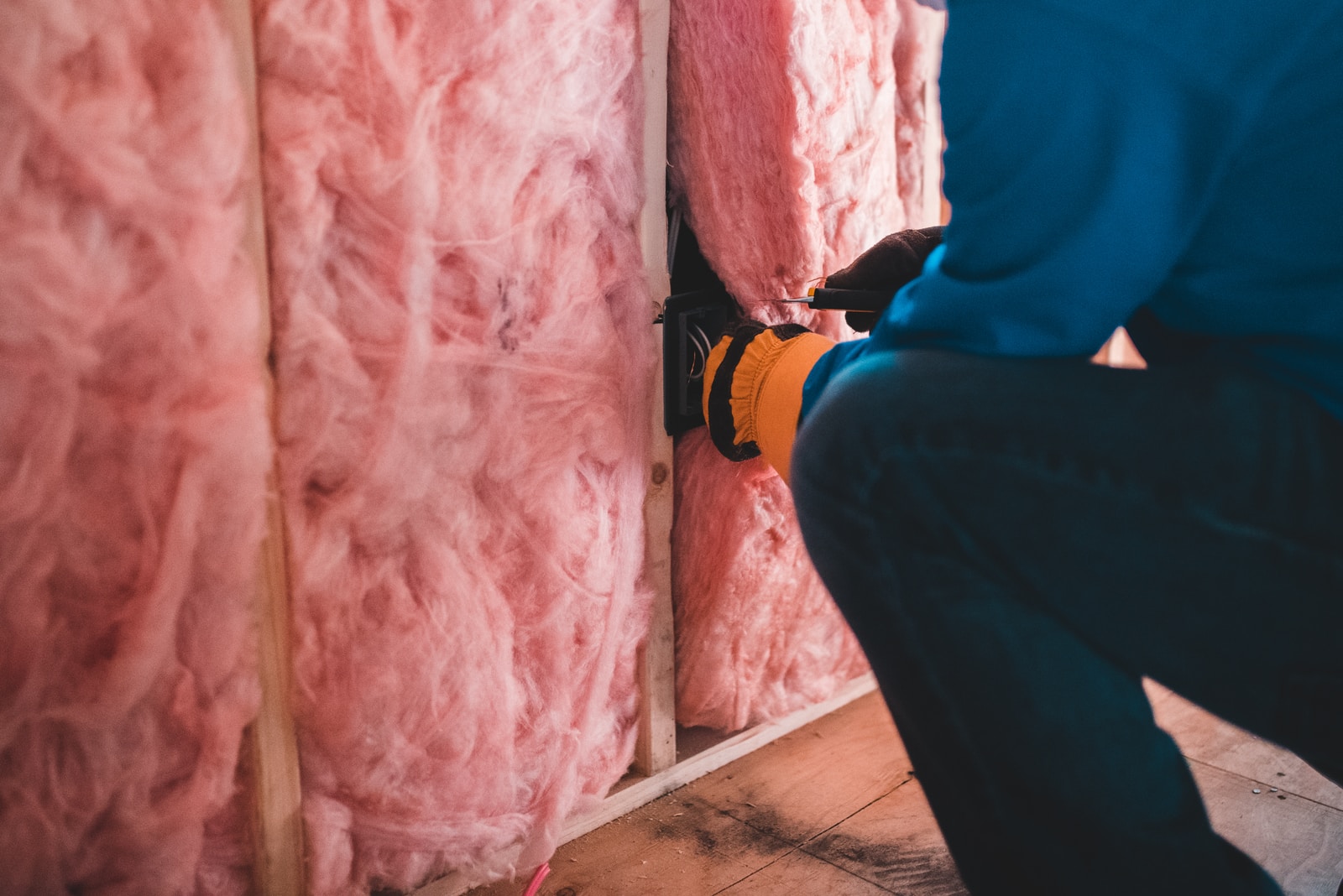Weatherizing your home attacks one of the largest sources of greenhouse gas emissions – energy use in your home! A professional home energy assessment is the best way to get a comprehensive analysis of all the things that can make your home energy efficient, such as air leaks, moisture leaks and poor ventilation or insulation. But there are lots of things DIY-ers can take action on today!
STAY INFORMED
Air sealing an old or drafty house can save more than 20% on heating and cooling bills? What’s more, you may qualify for rebates and/or tax credits when you weatherize your home.
If you’re a DIY-er, take these steps today to weatherize your home:
- Stop the Leaks. Caulk and weatherstripping are two simple and effective air-sealing techniques that typically pay for themselves quickly. Use caulk to seal cracks around door and window frames and apply weatherstripping to doors and windows.
- Insulate. Insulate attics and access doors. Don’t forget ceilings, floors, walls, joists, wiring and plumbing. Each of these areas have different insulation needs.
- Ventilate. Once you’ve sealed your house, controlled ventilation is important to prevent the buildup of pollutants and moisture.
- Prevent mold. It’s important to control moisture to protect your health and keep your home energy efficient. Different strategies, including air sealing, insulation and ventilation, may be necessary depending on the location
Energy.gov offers detailed information on all of these action steps and more.
TIP
The Do-It-Yourself Guide to Sealing and Insulating will teach you how to locate and seal leaks and add insulation.
Looking for a professional to help you weatherize your home?
EnergizeCT offers a complete directory of contractors covering multiple services
